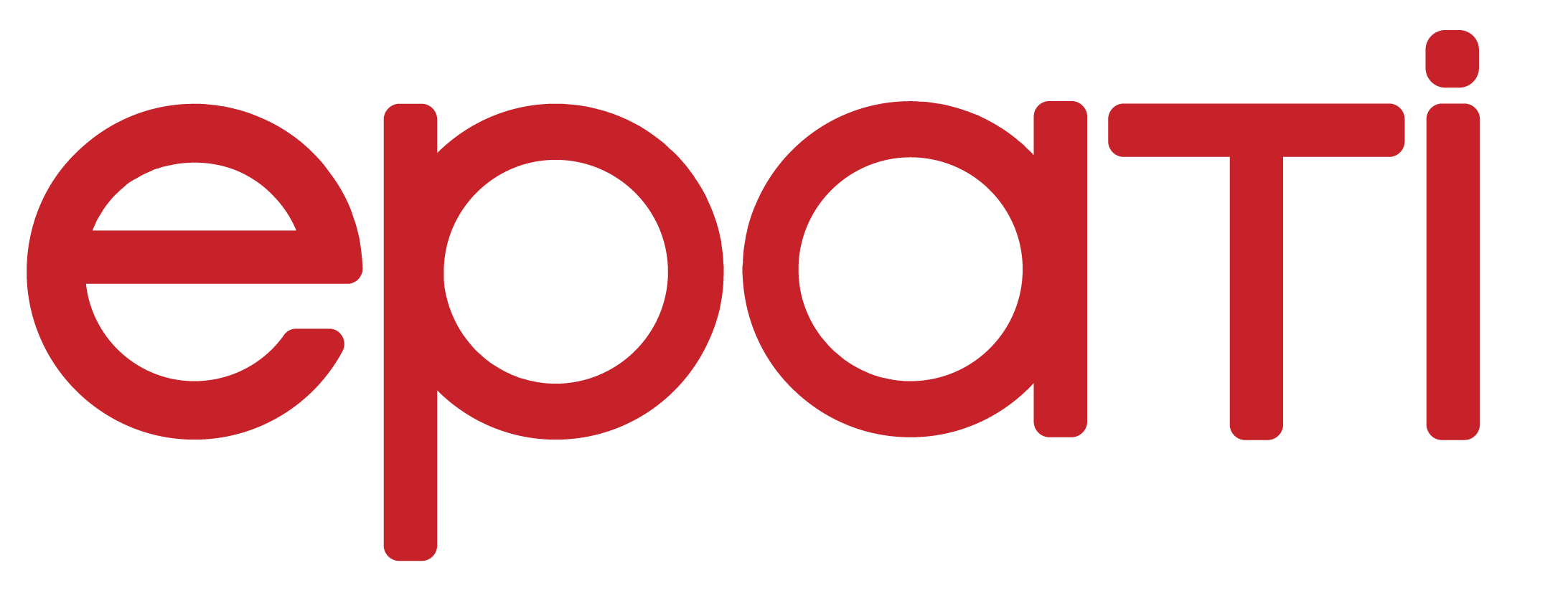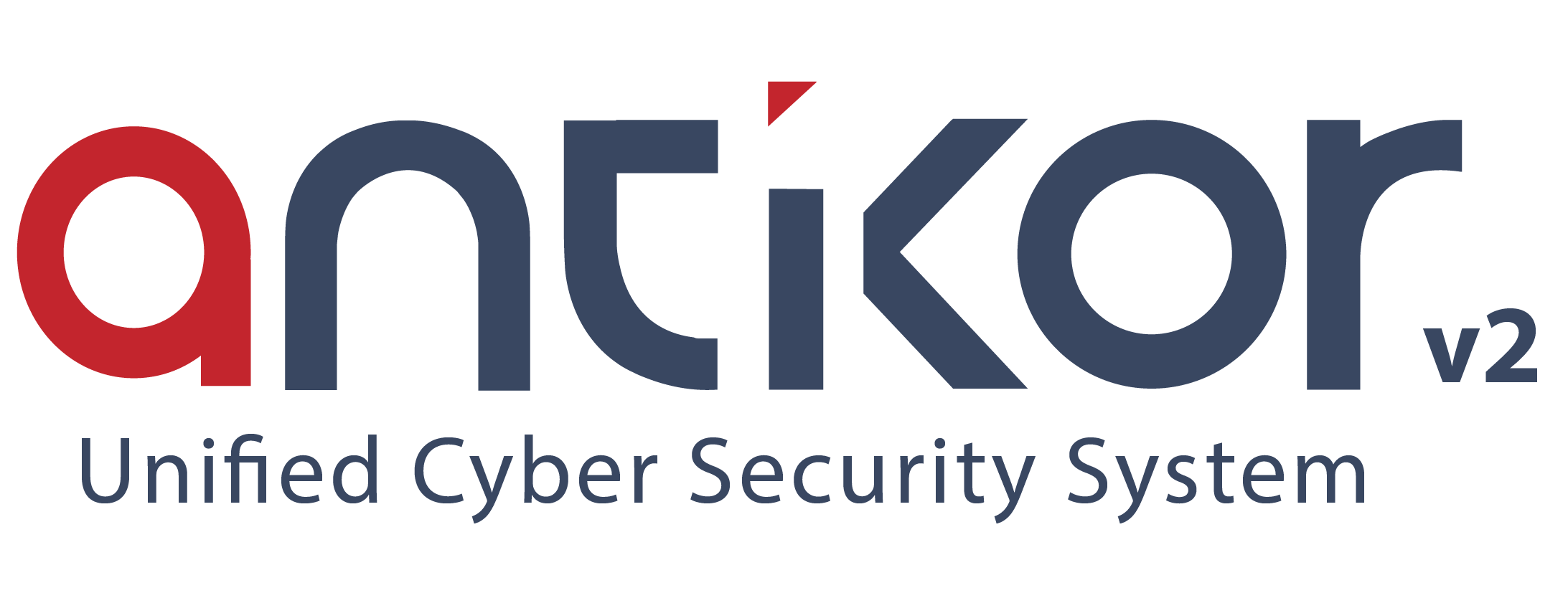Terms Beginning with I
IANA (Internet Assigned Numbers Authority)
The authorized Organization for distribution of internet IP numbers around the world. It provides global management and coordination of root DNS.
IEEE (Institute of Electrical and Electronic Engineers)
The institution that sets standards for the computer and electrical industries.
IGMP (Internet Group Management Protocol)
A communication protocol for managing multiple distribution members in TCP/IP.
IIS (Internet Information Server)
IIS is a Microsoft Web server that runs on the Windows NT and Windows 2000 platforms.
Integrated Digital Subscriber Line (IDSL)
It is an ISDN-derived communication method developed exclusively for data communication. 64/128Kbps allows symmetric data transfer. It can work up to 6 Km distance in 0.4 mm standard 2 wire copper cable.
Integrated Services Digital network (ISDN)
With ISDN, it is ensured that the audio, video and data are combined and transported on the same line. Since the transportation is done numerically, the error rate is low, but it is a quality communication method. BRI (Basic Rate: 2x64Kbps) and PRI (Primary Rate: 30x64kbps = 2 Mbps).
Internet Protocol Television (IPTV)
IPTV is a technology used to watch television over LAN or Internet, using internet protocol instead of cable or satellite.
Internet Service Provider (ISP)
It is the name given to the service providers for internet access. For example; Türk Telekom, SBA Net, Superonline etc.
Internet Socket
Socket is the communication channel in TCP / IP, which is formed by a side-by-side writing of the IP address and port number, which is the two information required for data communication.
Intranet
It is mostly a TCP / IP-based network that connects computers within a particular organization, local area networks (LAN) and wide area networks (WAN). Intranets can be connected to other networks with gateways. The objectives of the foundation are to share information and information processing capacity within the organization.
IP Address
It is a unique number used by devices in a network that uses the Internet Control Protocol (Internet Protocol) standard to get to know each other, to communicate with each other and to exchange data.
IP Routing
IP Forwading, in other words, is the calculation of the way in which different networks should communicate with each other. Routers send packets to other routers using the destination address information in the IP packet header.
IP Spoofing
A fake IP address is used to provide unauthorized access to a system or network.
IPSec VPN
It is a protocol that provides protection for each packet by using authentication and encryption for communications provided using Internet Protocol (IP). IPsec has the authority to perform mutual verification and session changes during the session. It is used between two computers (host-to-host) to protect the data stream between the two security ports (network-to-network), a security gate and a computer (network-to-host).
IPv4
It is the standard Internet protocol currently in use and consists of 32 bits, in other words 4 digits of eight bits.
IPv4 by Destination NAT
Used when accessing specific destination IP addresses is required when a different real IP address is requested.
IPv6
Unlike IPv4, IPv6 is 128-bit wide. IP addresses are 32 bits long and consist of four octets separated by dots.
IPX
It is a protocol defined by Novell that allows application programs to exchange data over the network, usually used on PCs, and supports a broad LAN topology.
Irregular Topology
It is a situation in which a distorted model is formed where there is no obvious connection between the network components and no path. The wiring in this topology is rather irregular.
ePati Cyber Security Co.

Mersin Üniversitesi Çiftlikköy Kampüsü
Teknopark İdari Binası Kat:4 No: 411
Posta Kodu: 33343
Yenişehir / Mersin / TURKEY
Web: www.epati.com.tr
e-Mail: info@epati.com.tr
Tel: +90 324 361 02 33
Fax: +90 324 361 02 39

